AGE SPOTS removal
Laser Is an Effective Device for age spots removal. We use the PicoSure and Elite IQ lasers from Cynosure
Laser Is an Effective Device for age spots removal. We use the PicoSure and Elite IQ lasers from Cynosure
Often referred to as solar lentigines or liver spots, age spots appear as small, dark, flat patches on the skin. These patches often vary in size and predominantly appear on body parts frequently exposed to sunlight, including the face, hands, arms, and shoulders. Contrary to the name, age spots are not solely caused by aging, although they are more common in older adults.
The primary reason for the appearance of age spots is prolonged exposure to sunlight. Over time, the skin’s natural ability to fend off UV radiation decreases, leading to the accumulation of melanin in localized regions, which manifests as age spots. Genetic factors and aging also influence them, as the skin becomes less resilient.
By providing your phone number you agree to receive informational text messages from laserskin.ca. Consent is not a condition of purchase. Message frequency will vary. Msg & data rates may apply. Reply HELP for help or STOP to cancel.
These are the most common age spots directly related to sun exposure. Solar lentigines can vary in colour from light brown to black and are generally harmless.
Liver spots are a form of age spots more commonly associated with aging than sun exposure. They are usually brown and flat and appear in areas most exposed to the sun.
Although not technically age spots, seborrheic keratoses are often mistaken for them. These growths are usually raised rough and can range in colour from white to brown to black. They are benign but can be an aesthetic concern for some people.
Direct exposure to sunlight for prolonged periods is the most common cause of age spots. Overexposure to UV rays in sunlight leads to excessive melanin production, the pigment that gives skin its colour.
There’s a genetic component to developing age spots; if your parents or grandparents had them, your chances of getting them are higher.
The skin’s defence mechanisms weaken as you age, making it more susceptible to the effects of UV radiation and, consequently, age spots.
Although age spots are typically benign, they can be confused with melanoma or other forms of skin cancer. Therefore, seeking medical advice for a correct diagnosis and appropriate treatment is essential.
Although not physically harmful, the appearance of age spots can lead to decreased self-esteem and increased self-consciousness, affecting the individual’s psychological well-being.
A dermatologist can usually identify age spots through a visual examination. They diagnose the condition by looking for specific characteristics like size, shape, and colour.
In uncertain cases, a dermatoscopy may examine the skin more closely. This tool magnifies the area, allowing for a more detailed analysis.
When skin cancer is suspected, a biopsy may be performed to rule out malignant growths. A small tissue sample is analyzed under a microscope to confirm the diagnosis.
Applying sunscreen with a high SPF regularly can prevent the formation of age spots. It’s crucial to reapply every two hours when spending extended periods outdoors.
Wearing protective clothing like long-sleeved shirts, wide-brimmed hats, and sunglasses can provide additional defence against UV radiation.
Reducing sun exposure during peak hours (10 a.m. to 4 p.m.) and adopting a skincare routine with antioxidants can prevent age spots.
Topical creams containing ingredients like hydroquinone, retinoids, and azelaic acid are often the first line of treatment for age spots. These creams work by inhibiting melanin production, the pigment responsible for age spots. Depending on the concentration and the type of active ingredient, it may take several weeks to months to see noticeable improvement.
Chemical peels involve applying a specialized solution to the skin, leading to the shedding of its outer layers and unveiling the less pigmented, newer skin beneath. This treatment can be effective but requires multiple sessions and has a recovery time during which the skin may be red and sensitive.
Cryotherapy uses liquid nitrogen to freeze the age spots, causing the cells to die and eventually peel off. The treatment is quick but may result in temporary discoloration or scarring. It’s generally more suitable for fewer and smaller age spots.

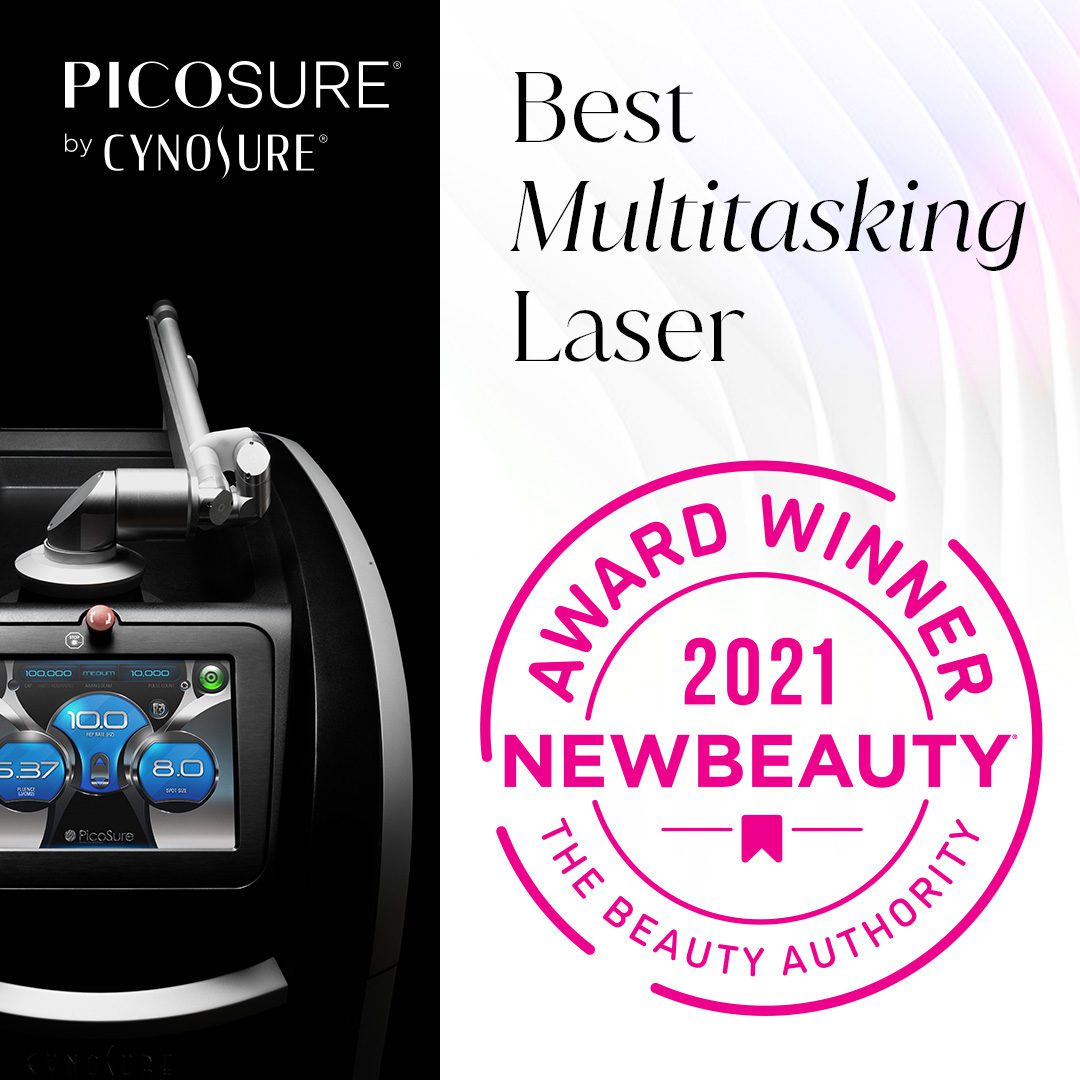
Lasers can target melanin-producing cells without harming the skin’s surface. Multiple sessions are often required, and there’s a risk of skin discoloration, although this is generally temporary.
In microdermabrasion, a machine is used to exfoliate the skin’s surface, which can help reduce the appearance of age spots over multiple sessions. The skin may appear red and feel sensitive following the procedure.
For larger or more stubborn age spots, surgical excision may be considered. This involves cutting out the age spot and stitching the skin, which carries risks such as scarring and infection.
Depending on the chosen treatment method, subsequent appointments may be required to monitor progress and modify your treatment regimen.
After treatment, it’s crucial to maintain a skincare routine that includes sunscreen and moisturizer to help prevent future age spots and keep skin healthy.
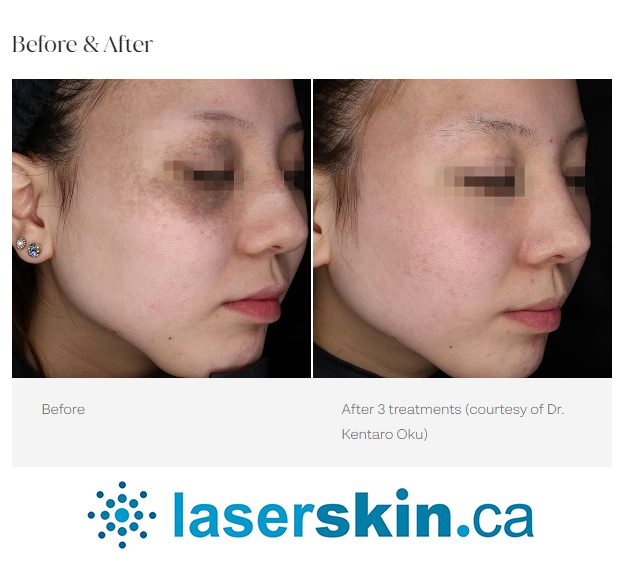

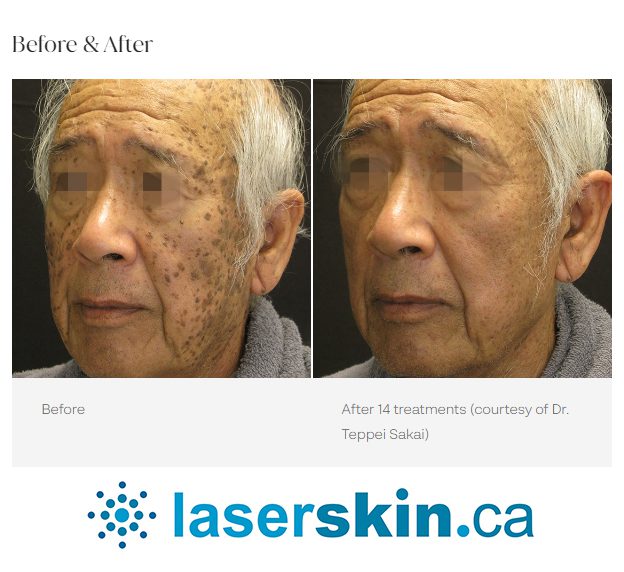
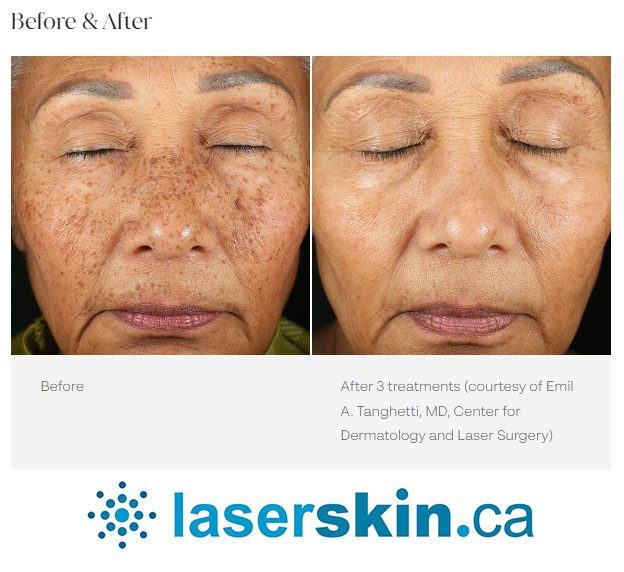
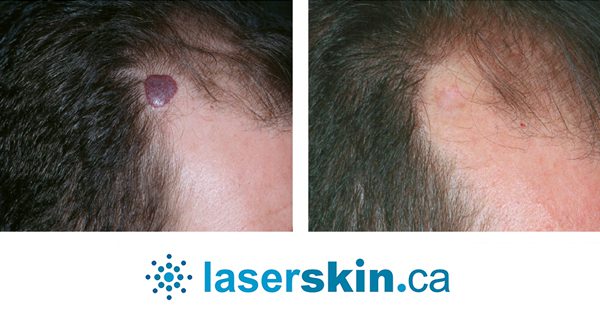
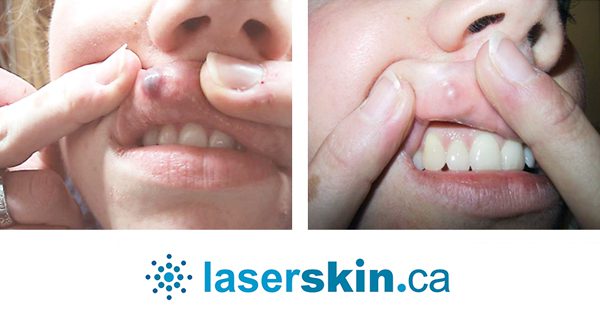
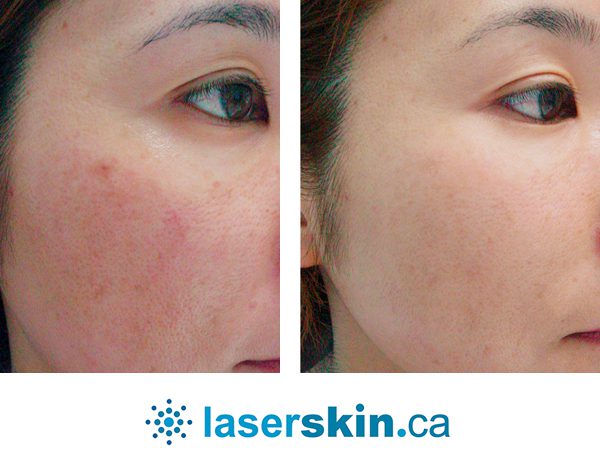
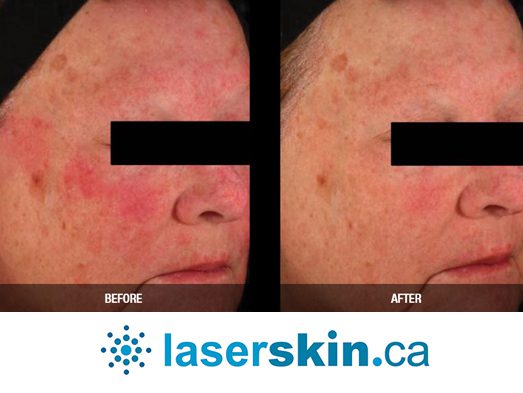
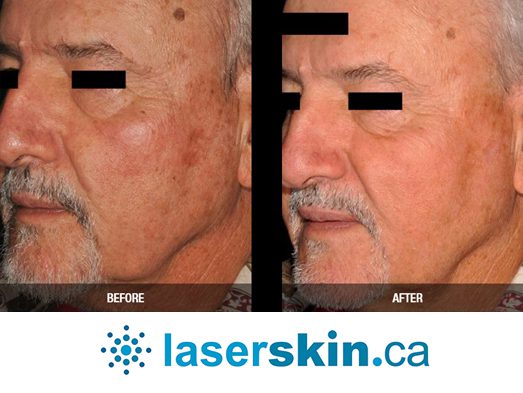
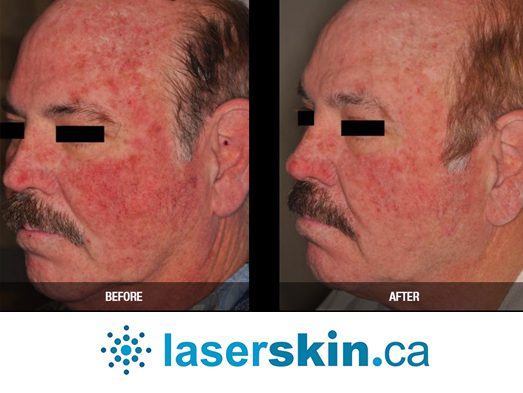
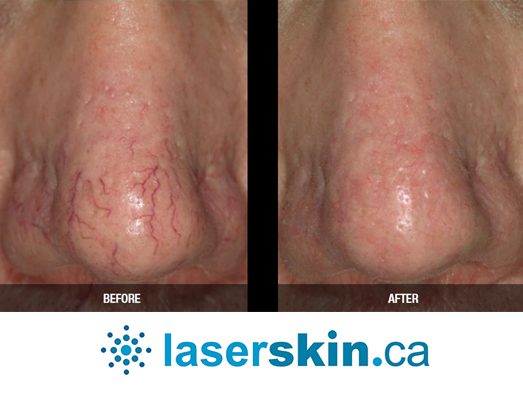
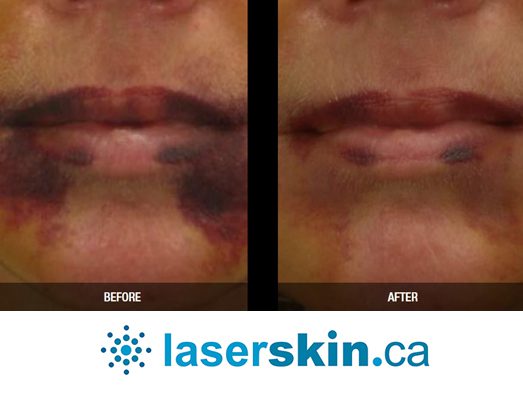
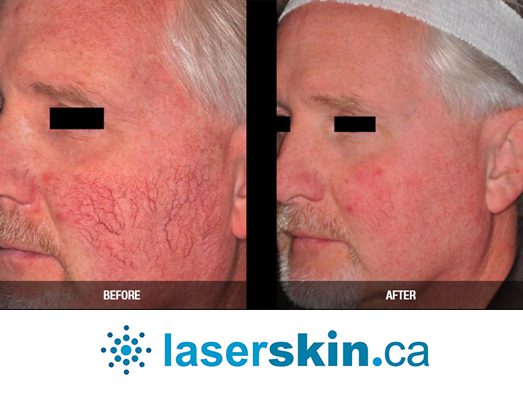
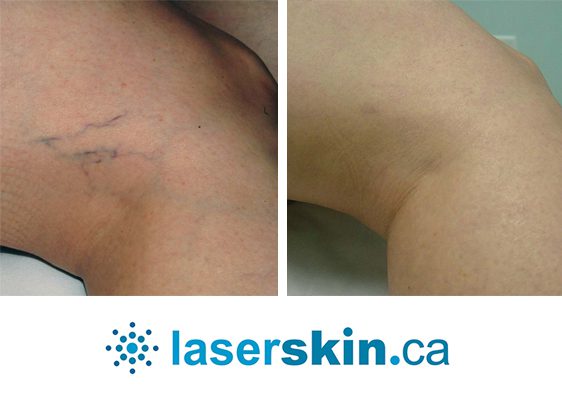
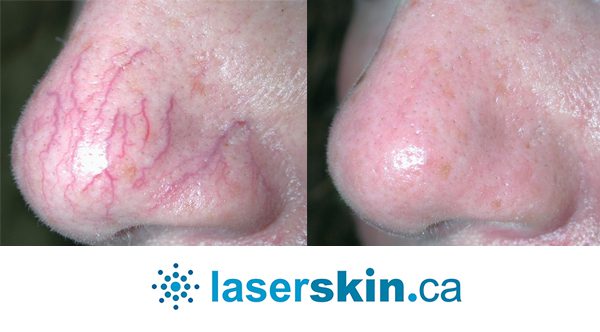
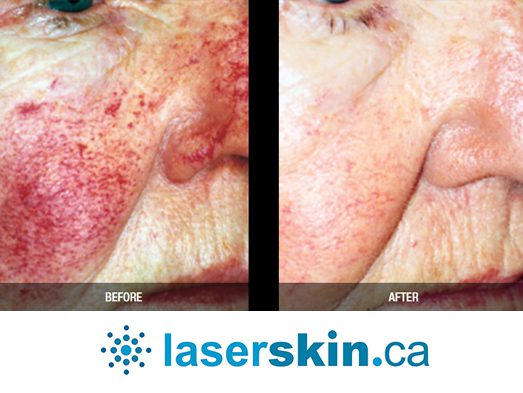
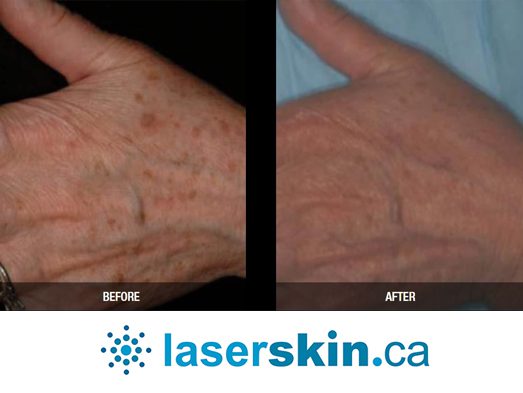
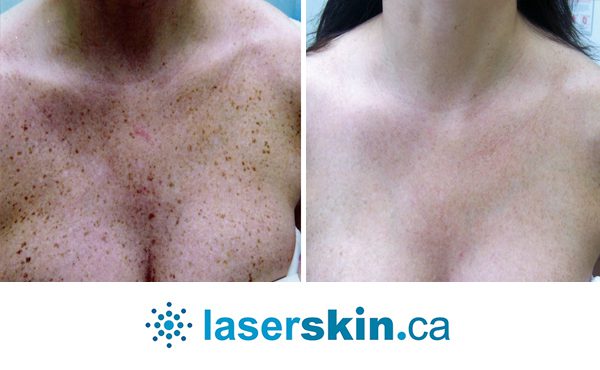
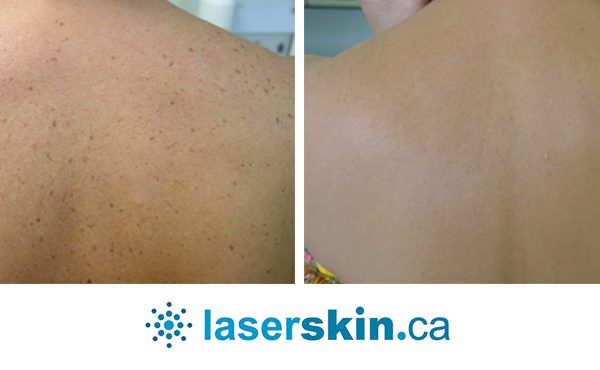
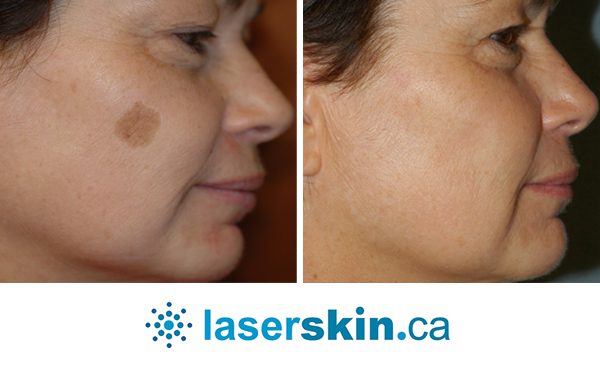
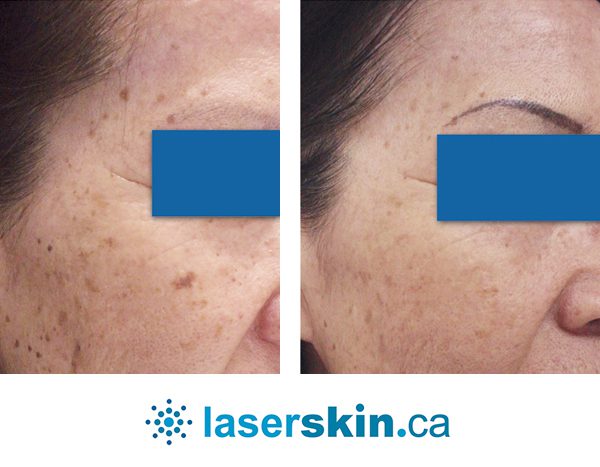
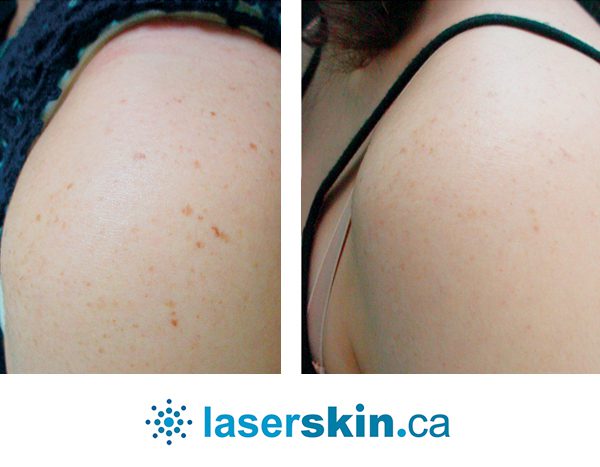
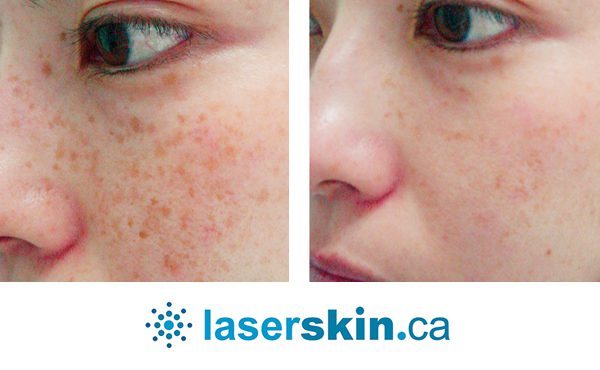
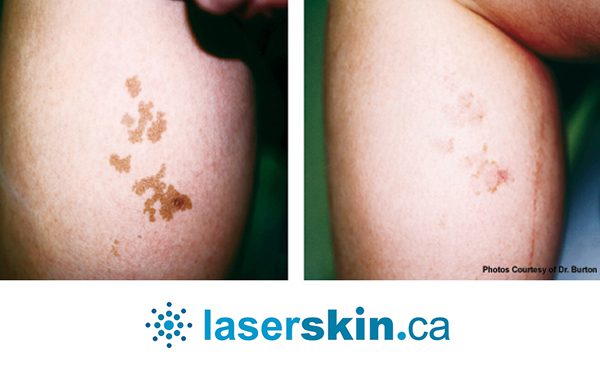
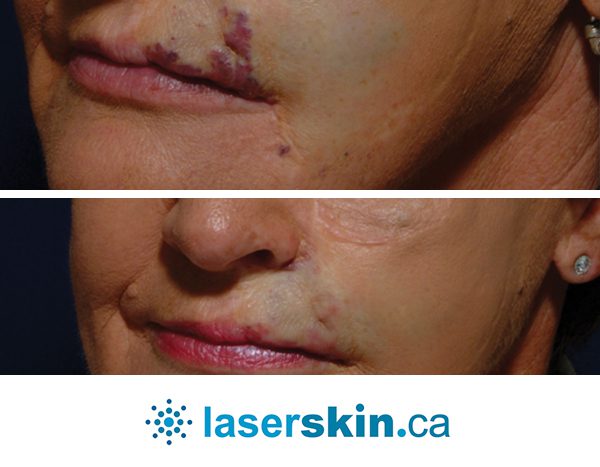
Laser technology is used to direct light energy into the skin to target age spots. This light energy breaks down the pigment of the spot, which is then taken in by the body and removed, resulting in a diminished or completely vanished age spot.
RF microneedling is a procedure that utilizes minute needles to produce miniscule channels in the skin, stimulating the growth of collagen and enhancing the texture of the skin. This treatment can also aid in diminishing the look of age spots by encouraging the development of healthy new skin cells.
The choice between laser and RF microneedling to remove age spots can vary depending on the patient’s skin type, the extent of the spots, and other considerations. To determine the best treatment for you, it is recommended to speak with a competent provider.
After receiving laser or RF microneedling treatment for age spots, some individuals may experience temporary symptoms such as redness, swelling, and mild discomfort. However, these effects usually vanish within a few days.
Within a short period, patients can start to notice improvements from laser or RF microneedling treatments for age spots, with further enhancement after a few more sessions. The amount of treatments necessary to achieve desired results will differ depending on the intensity of the age spots, yet most people report significant progress after 3-5 treatments.
Age spots are generally benign but can sometimes be mistaken for skin cancer. Consult a healthcare provider for accurate diagnosis.
The treatment time frame is contingent on the method you opt for. Topical creams may take several weeks, while procedures like laser therapy provide quicker results but require multiple sessions.
Depending on the treatment method, potential side effects range from skin irritation and redness to scarring and discoloration.
While some people claim success with home remedies like lemon juice or apple cider vinegar, little scientific evidence supports their effectiveness.
Yes, especially if you continue to have sun exposure without protection. Preventative measures like sunscreen are essential.
No, sun exposure and genetics also play significant roles in developing age spots.
While most treatment options are compatible with all skin tones, individuals with darker skin may face an increased risk of discoloration after treatment.
Most treatments involve minimal pain, although some discomfort during and after the procedure is common.
Lor